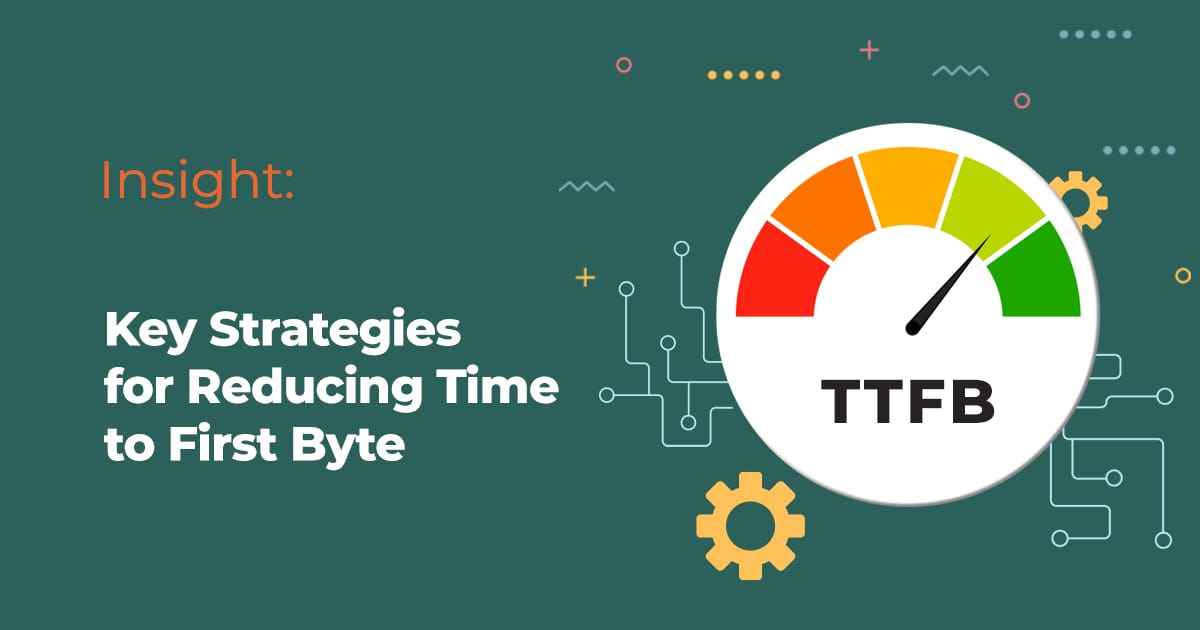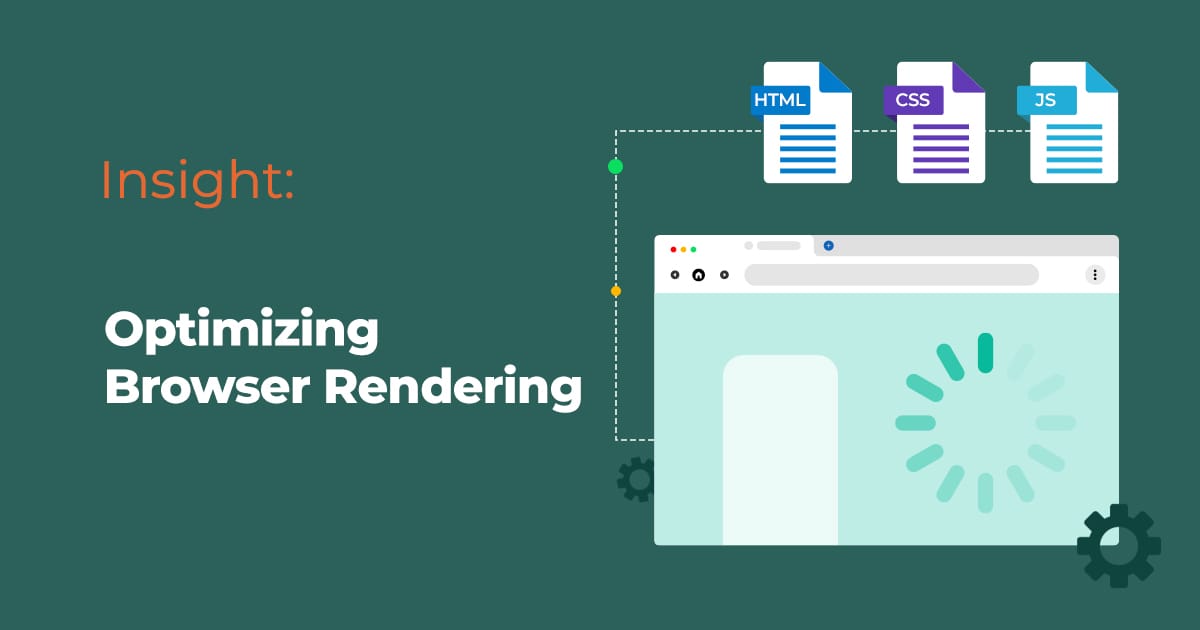In today's digital age, with an increasing reliance on the web for consuming digital content, it has become more challenging than ever to meet the sophisticated demands of consumers. A vital aspect of business success lies in retaining website visitors, who typically decide within the first 15 seconds whether to stay on a page or leave.
Given this scenario, the performance of a website plays a crucial role in keeping visitors engaged. Web developers must apply optimization strategies tailored to their service environment to enhance performance.
Minimizing Redirections
Redirections slow down page load speeds as they require additional HTTP requests by the browser to locate resources. There are two types of redirections to consider:
- Same-Origin Redirections: These are entirely within the web server's control and hence can be managed by developers. For example, redirecting users from example.com/page/ to example.com/page.
- Cross-Origin Redirections: Although not directly controllable, it's beneficial to ensure that multiple redirections are not occurring. For instance, an ad linked to an HTTP page might redirect to its HTTPS counterpart or trigger a same-origin redirection after reaching its destination.
HTML Response Caching
Ideal for static content that doesn't change regardless of context, setting an appropriate cache duration (in minutes) is essential. Utilize HTTP response headers like Etag and Last-Modified for caching.
- Etag: Often uses a hash of the resource content.
- Last-Modified: Works similarly by including the date and time when the resource was last updated.
Server Response
The server response time can vary significantly based on the hosting provider and backend application stack. For web pages offering dynamically generated responses, it's advisable to measure and attempt improvements. In cases of slow TTFB, using the Server-Timing response header can expose details about the time spent on the server.
Example: Server-Timing: auth;dur=55.5, db;dur=220
Reviewing hosting infrastructure and ensuring adequate resources to handle the incoming traffic is crucial. Shared hosting can often lead to higher TTFB, whereas dedicated solutions offering faster response times might incur additional costs.
Compression
Compressing text-based responses like HTML, JavaScript, CSS, and SVG images reduces the size of data transmitted over the network, enabling faster downloads. The most commonly used compression algorithms are gzip and Brotli, with Brotli offering an improvement of approximately 15-20% over gzip.
Where possible, opt for Brotli compression, using gzip as an alternative. The size of the file matters; larger files benefit more from compression. However, this doesn't mean serving large resources is advisable, especially for frequently changing resources like JavaScript and CSS, which take longer to parse and evaluate in the browser.
Content Delivery Network (CDN)
A CDN is a distributed server network that caches resources from the origin server and delivers them from edge servers closer to the user. By reducing the round-trip time (RTT) and leveraging optimizations like HTTP/2 or HTTP/3, caching, and compression, CDNs can often serve content faster than fetching it directly from the origin server. Utilizing a CDN can significantly improve a website's TTFB in some cases.
Implementing these strategies can markedly enhance your website's performance, keeping visitors engaged and reducing the likelihood of them leaving your site prematurely.
Related Posts









